So is the seamount now charted? Need to make sure our boomers have nice open waters to operate in.Back to sub topics, the USN has released the report on the grounding of USS Connecticut (SSN-22), with redactions.
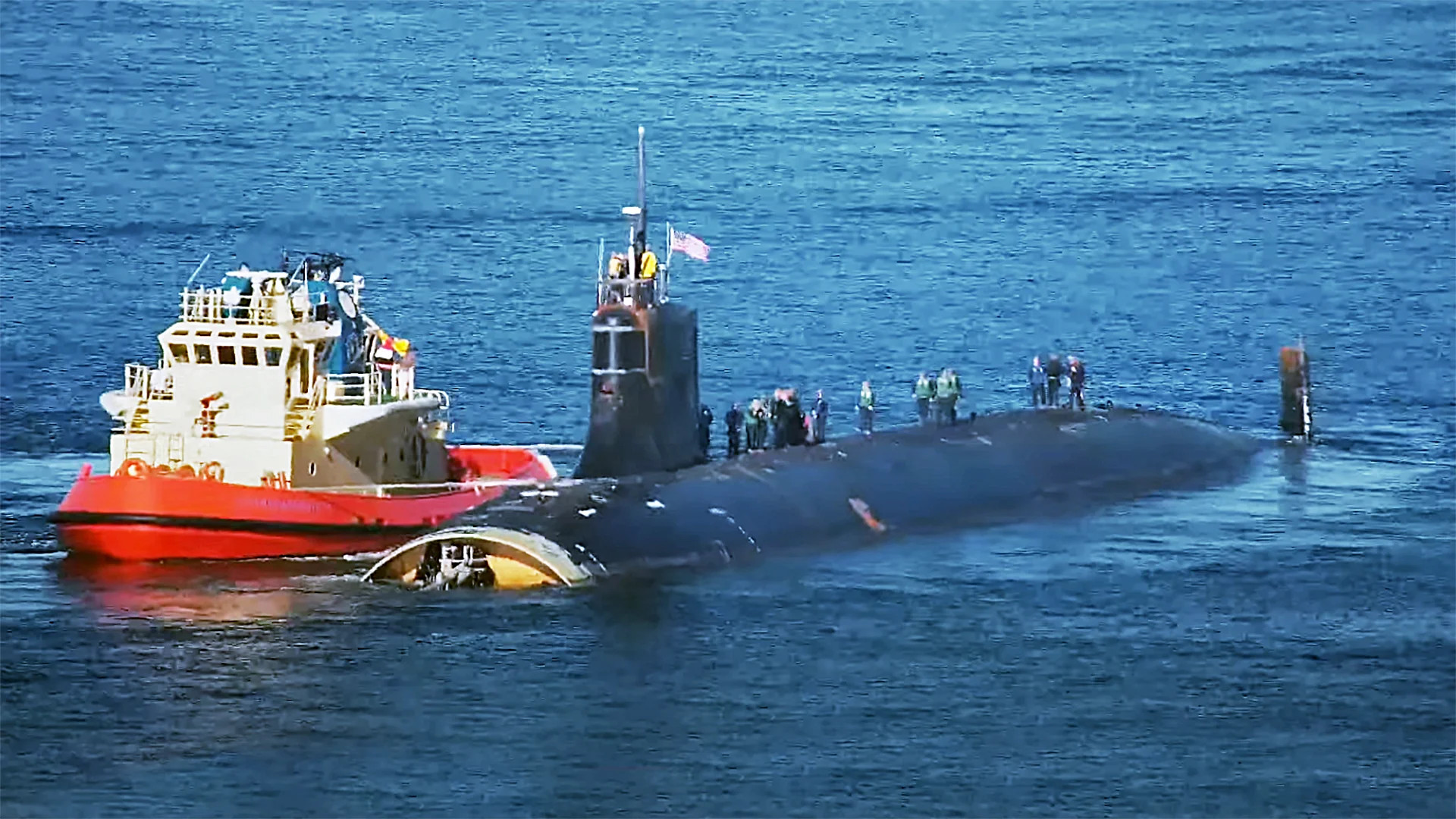
Navy Releases Report On Submarine USS Connecticut's Underwater Crash
The Navy says preventable missteps by multiple personnel led to Connecticut hitting an underwater seamount, causing extensive damage.www.thedrive.com
You are using an out of date browser. It may not display this or other websites correctly.
You should upgrade or use an alternative browser.
You should upgrade or use an alternative browser.
New Fast-Attack Nuclear Submarines to be Named Arizona and Oklahoma
- Thread starter KathyV
- Start date
Please register or login
Welcome to ScubaBoard, the world's largest scuba diving community. Registration is not required to read the forums, but we encourage you to join. Joining has its benefits and enables you to participate in the discussions.
Benefits of registering include
- Ability to post and comment on topics and discussions.
- A Free photo gallery to share your dive photos with the world.
- You can make this box go away
HalcyonDaze
Contributor
So is the seamount now charted? Need to make sure our boomers have nice open waters to operate in.
A Trident boat is just fine staying out in deep water; there's a reason the SLBMs have a max range of ~7,500 miles. I only skimmed the report, but there were a long chain of %#@&ups leading to the grounding. Connecticut was barreling through shallow water at 24 knots; there were 10 charted hazards in the area that were not properly plotted when planning the transit.
I only skimmed the report, but there were a long chain of %#@&ups leading to the grounding.
For sure, sounds like a lot of careers have ended. It is a very expensive message to send, but necessary.
It is sort of amazing that charting isn't all done electronically. The Radar, GPS, hydrographic map , and AUS integration on fishing boats in our little harbor is amazing.
Yes I know submerged subs have very limited GPS reception but have pretty impressive inertial navigation. I wonder how deep a GPS signal will penetrate with a long towed antenna?
Wookie
Proud to be a Chaos Muppet
Staff member
ScubaBoard Business Sponsor
ScubaBoard Supporter
Scuba Instructor
Arleigh Burke destroyers have amazing autopilots, proximity alarms, all of the bridge equipment resides on its own air-gapped computer system (IBNS) and none of it is allowed to be used.For sure, sounds like a lot of careers have ended. It is a very expensive message to send, but necessary.
It is sort of amazing that charting isn't all done electronically. The Radar, GPS, hydrographic map , and AUS integration on fishing boats in our little harbor is amazing.
Yes I know submerged subs have very limited GPS reception but have pretty impressive inertial navigation. I wonder how deep a GPS signal will penetrate with a long towed antenna?
Steering is manual over electric over hydraulic. The autopilot must work, can’t be used. Therefore the ship can’t dodge for a contact.
HalcyonDaze
Contributor
For sure, sounds like a lot of careers have ended. It is a very expensive message to send, but necessary.
It is sort of amazing that charting isn't all done electronically. The Radar, GPS, hydrographic map , and AUS integration on fishing boats in our little harbor is amazing.
Yes I know submerged subs have very limited GPS reception but have pretty impressive inertial navigation. I wonder how deep a GPS signal will penetrate with a long towed antenna?
This article summarizes and expands on the official report:
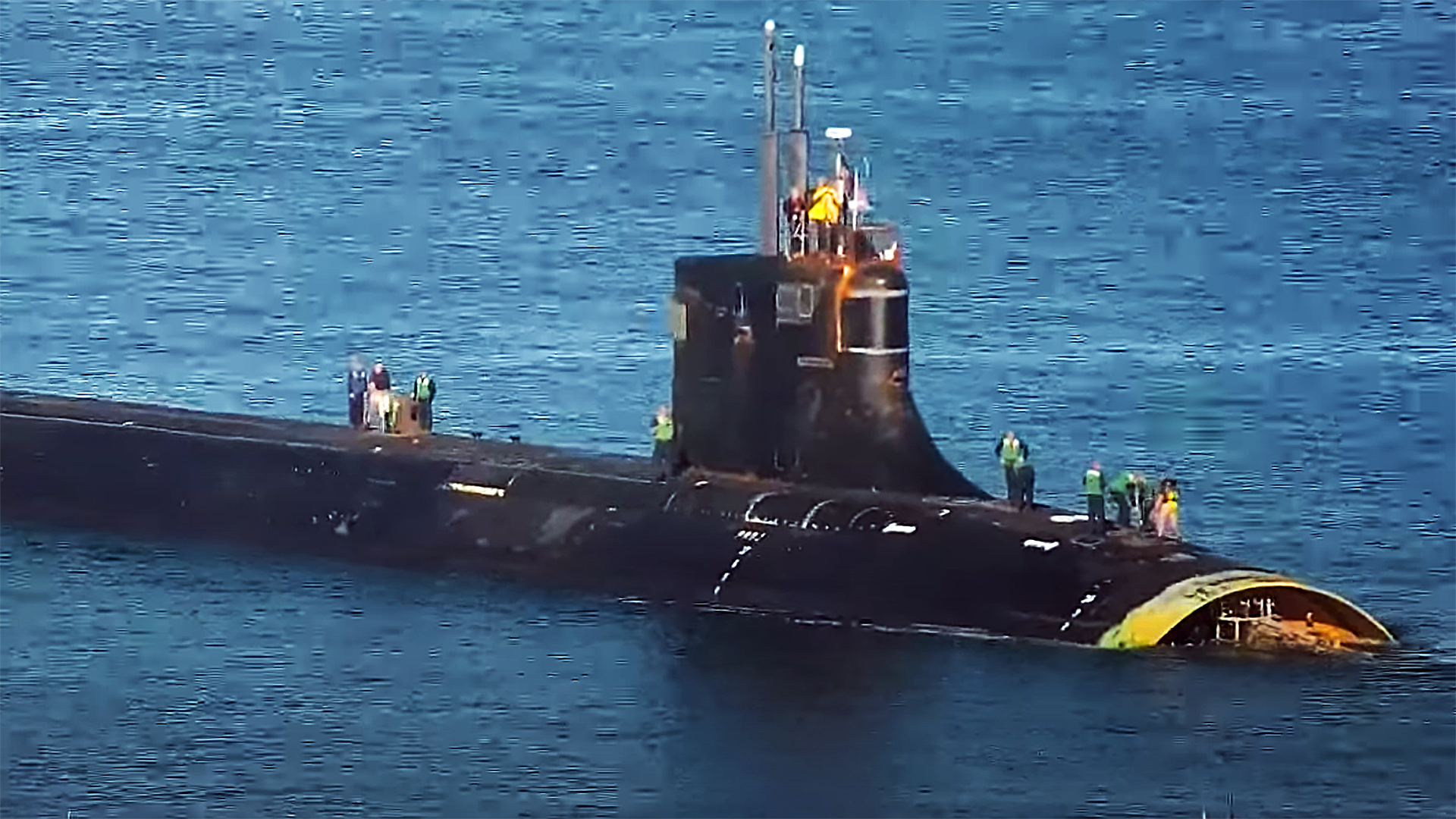
The Story Of How The Submarine USS Connecticut Crashed
This is the how USS Connecticut ended up impacting a seamount, which required the crew to fight to keep the badly damaged submarine from sinking.
I have a hard time believing that the US would "loan" or allow the purchase of one of nuclear submarines. I heard the British twisted our arm for the Trident missile. They had to design their own boat around it.
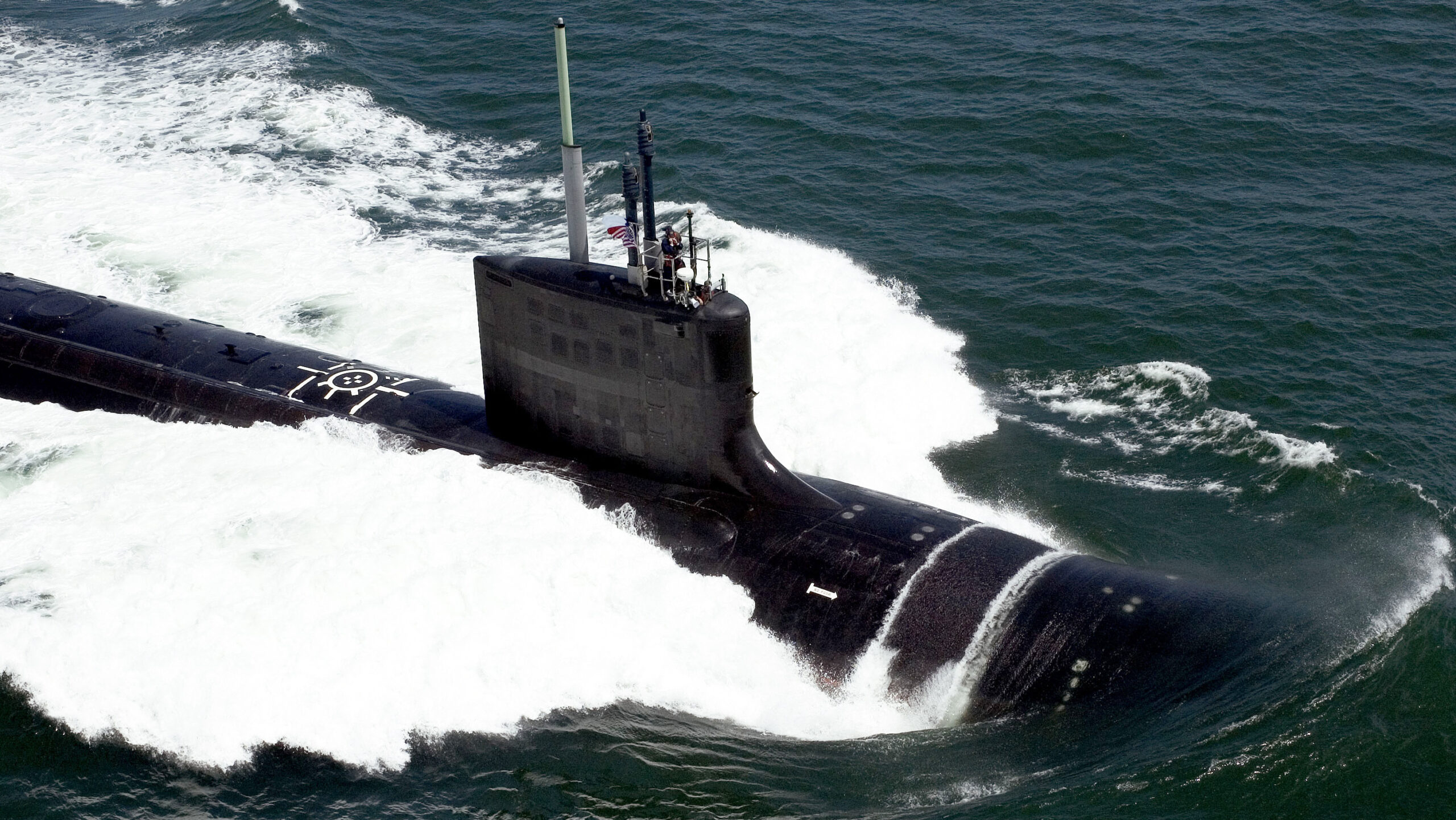
 www.thedrive.com
www.thedrive.com

Australia Was Poised To Get Virginia Class Nuclear Submarines Says Former Defense Minister
In controversial statements, Peter Dutton says that plans existed to buy two of the U.S.-made submarines by 2030.
HalcyonDaze
Contributor
Saw this when it posted; one has to take it with a grain of salt as it's from the outgoing defense minister who's probably a little bitter. What I saw this week was more in the realm of probability, and what I figured would happen - Australia starts sending sailors to train in the US, after which they deploy embedded on US submarines. There's been talk as well of forward-basing USN and RN subs in Australia.I have a hard time believing that the US would "loan" or allow the purchase of one of nuclear submarines. I heard the British twisted our arm for the Trident missile. They had to design their own boat around it.

Australia Was Poised To Get Virginia Class Nuclear Submarines Says Former Defense Minister
In controversial statements, Peter Dutton says that plans existed to buy two of the U.S.-made submarines by 2030.www.thedrive.com
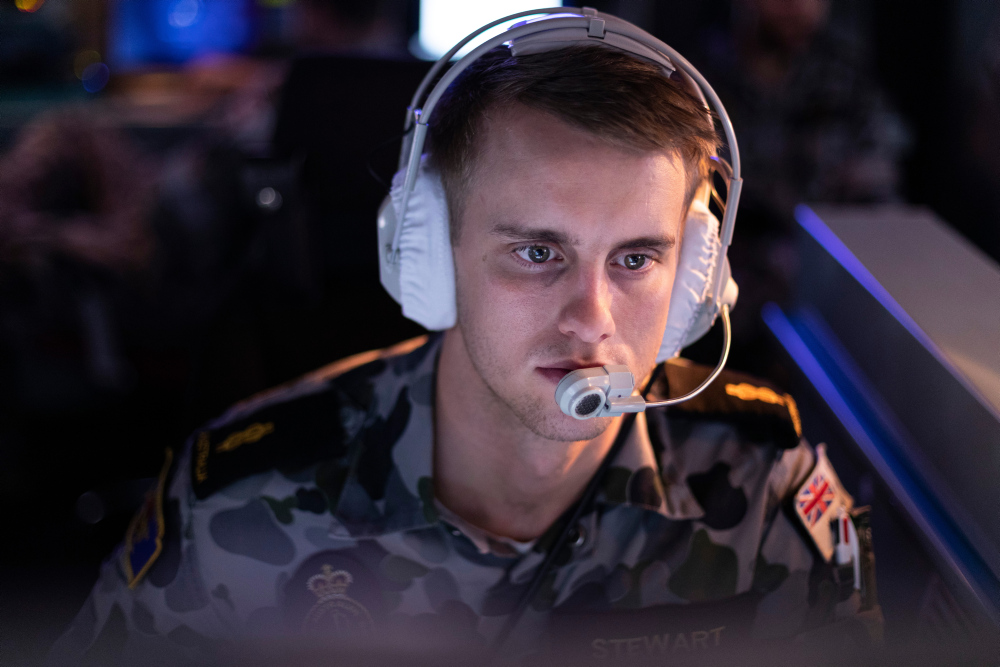
New AUKUS Caucus Bill Calls for U.S.-Australia Sub Training Pipeline - USNI News
A bipartisan group of House lawmakers on Wednesday unveiled legislation that would help the Royal Australian Navy train its future submarine warfare officers with U.S. sailors. Dubbed the “The Australia-U.S. Submarine Officer Pipeline Act,” the legislation would allow Australia to send at least...
In principle it's similar to the UK "Seedcorn" program where after the Invincible-class carriers and Nimrod ASW aircraft were scrapped, the RN sent Fleet Air Arm and RAF aviators to USN squadrons to keep their skills current while HMS Queen Elizabeth was under construction and the UK was waiting for the F-35B Lightning and P-8 Poseidon to be delivered.
Regarding Trident, that was not too much of a sell. The real drama was in acquiring Polaris; in the early 1960s the UK abandoned their plans for a homegrown ICBM force and standoff nuclear missiles for the V bomber fleet to join the American AGM-48 Skybolt program, which was intended to produce an air-launched ballistic missile with a range of ~1000 nautical miles. The idea was bombers could orbit outside Soviet airspace, out of air defense range, and fire on short notice. At the same time the USN was working on Polaris, which could park sub-launched missiles in range of the USSR for months at a time instead of hours.
The Kennedy Administration was extremely skeptical about the idea of allied nations having an independent nuclear deterrent; coupled with Skybolt having issues and Polaris succeeding it seemed like a good idea to cancel Skybolt and force the UK to accept the same sort of dual-key nuclear sharing arrangement the rest of NATO possessed. Suffice to say the British chucked a wobbler as they had canceled all other nuclear weapons programs to focus on Skybolt, and managed to get Polaris as a concession and keep their independent nuclear arsenal. The Trident deal was originally for the C4 variant in the late 1970s, but when the Reagan Administration came in the D5 variant was offered instead at additional cost (which contributed to some of the pre-1982 budget cuts to the RN that got reversed upon the outbreak of the Falklands War).
It’s been awhile so I’ll bump this up again. A very interesting video on the Arleigh Burke class
HalcyonDaze
Contributor
Found this recently while responding to a thread about the recent Nord Stream pipeline detonations in the Baltic:
HalcyonDaze
Contributor
Properly falls under the "sea story" heading ...
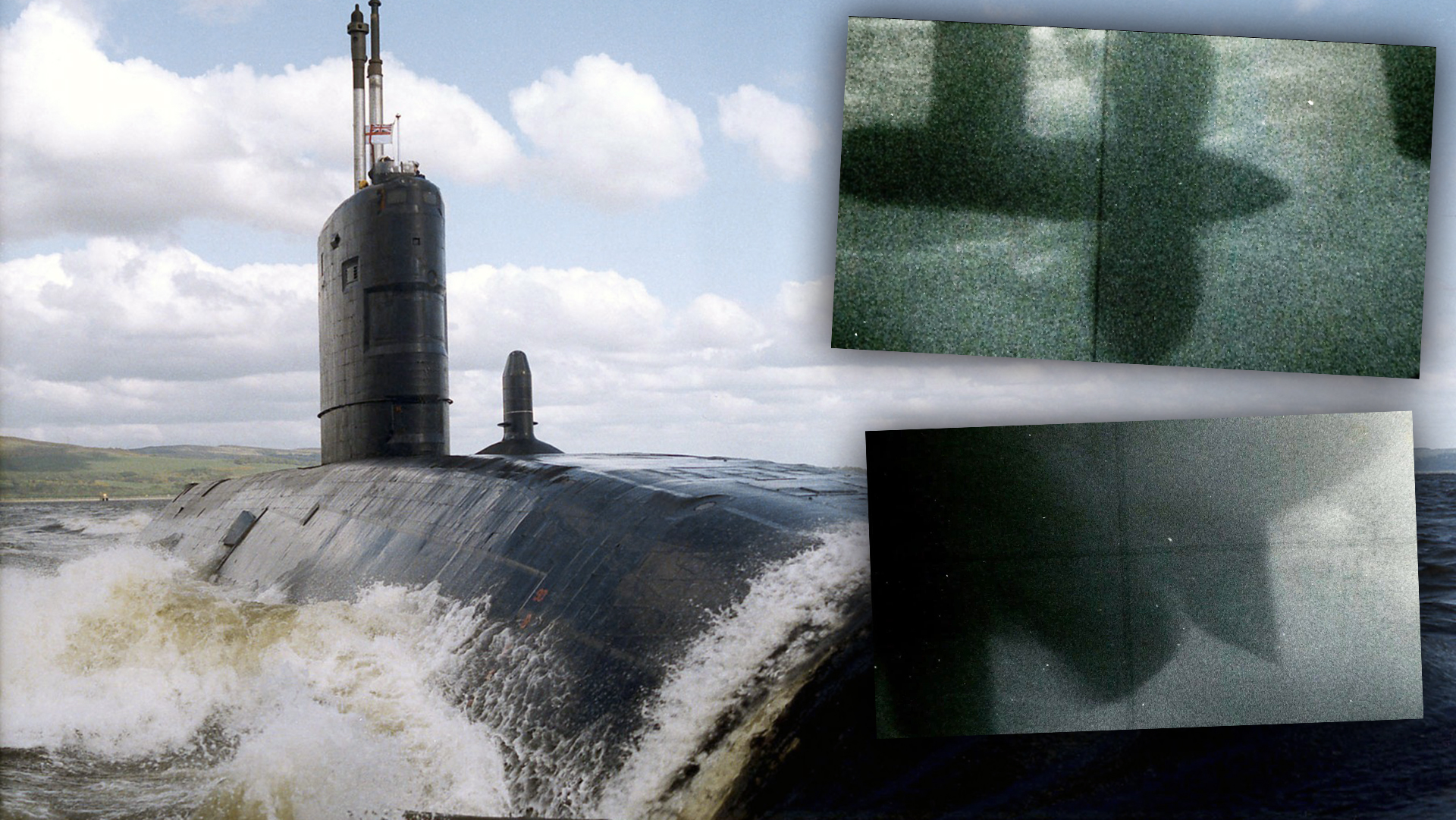
 www.thedrive.com
www.thedrive.com

How A British Submarine Spent Hours Under A Russian Aircraft Carrier
A Cold War British nuclear sub sneaked into a Soviet naval exercise and took closeup underwater pictures of Russia’s new aircraft carrier.
Similar threads
- Replies
- 2
- Views
- 1,033
- Replies
- 73
- Views
- 9,133
- Replies
- 18
- Views
- 8,488



